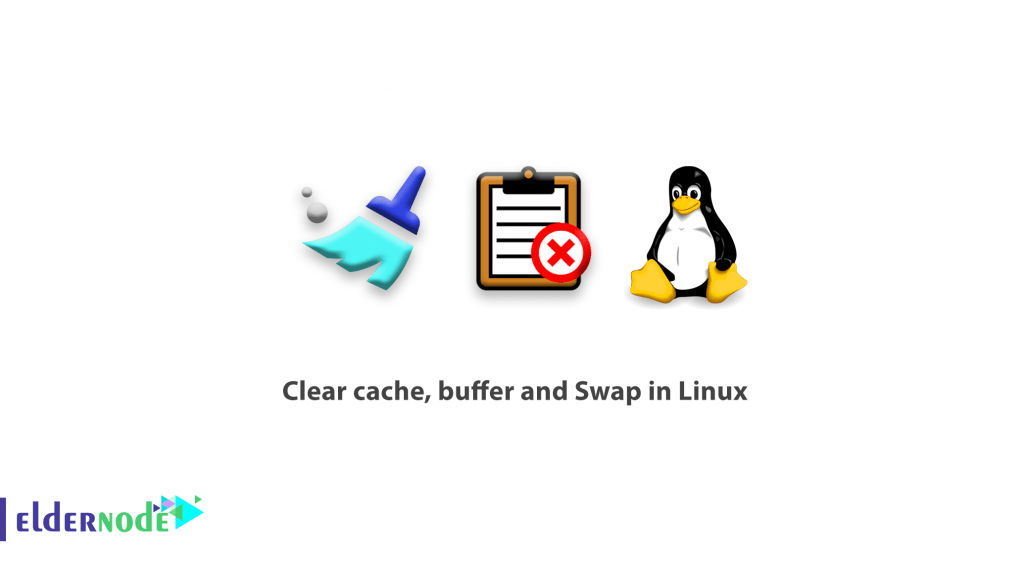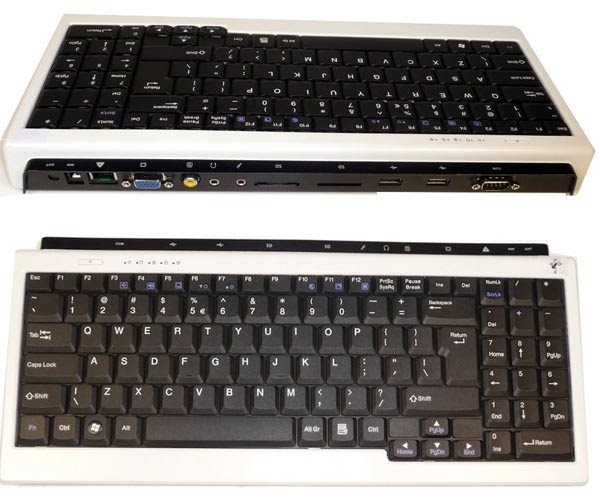Last Updated on

Let’s go through the process to clear memory cache and buffer on Linux based operating systems. We will show how to flush memory cache on Linux.
However, if I can disable this process / clean the cache once after that, I think my system will speed up to some extent. Correct me if I am wrong here. I have also tried Bleachbit memory cleaning, but it doesn't seem to clean the memory cache properly. Also, the feature is still in an experimental stage. Buffers: The amount of memory used by the kernel buffers. Cache: The amount of memory used by slabs and the page cache. Buff/cache: The sum of cache and buffers. Available: An estimation of how much amount of memory is available in order to start new applications without a need for swapping. The ‘htop’ command.
How To Clear Memory Cache And Buffer On Linux
We have different option to clear memory on Linux.

First option to clear memory caches on Linux.

Command to free pagecache, dentries and inodes in cache memory in Linux.
Second option to clear memory cache.
Command to free dentries and inodes
Third option to clear memory cache on Linux.
Run the following command to free pagecache only:
How To Schedule Cron To Flush Cache Regularly
Clear Ram Cache Ubuntu 20.04
Run the following command to schedule cron to flush cache regularly. It makes your job easier and reduce the work pressure. Use ‘crontab -e’ command to edit cron on your Linux.
Clear Cache Ram Ubuntu Mac
Related
